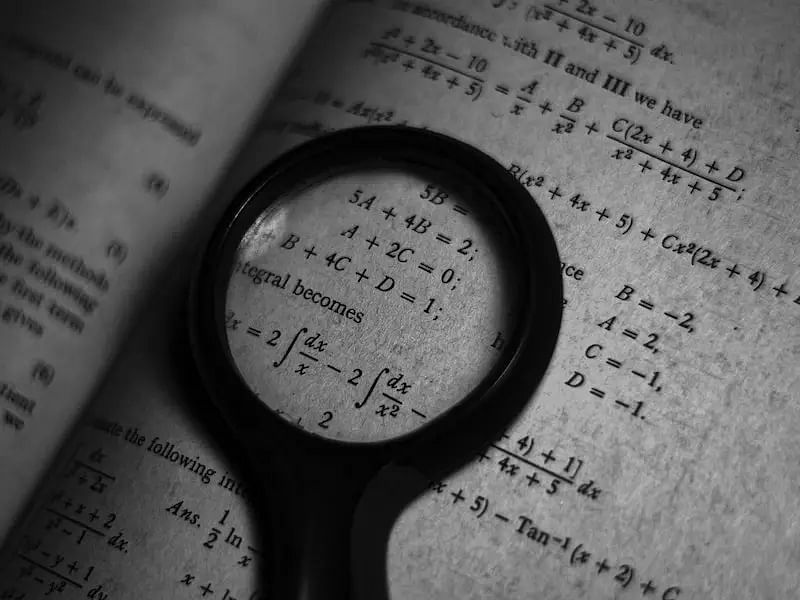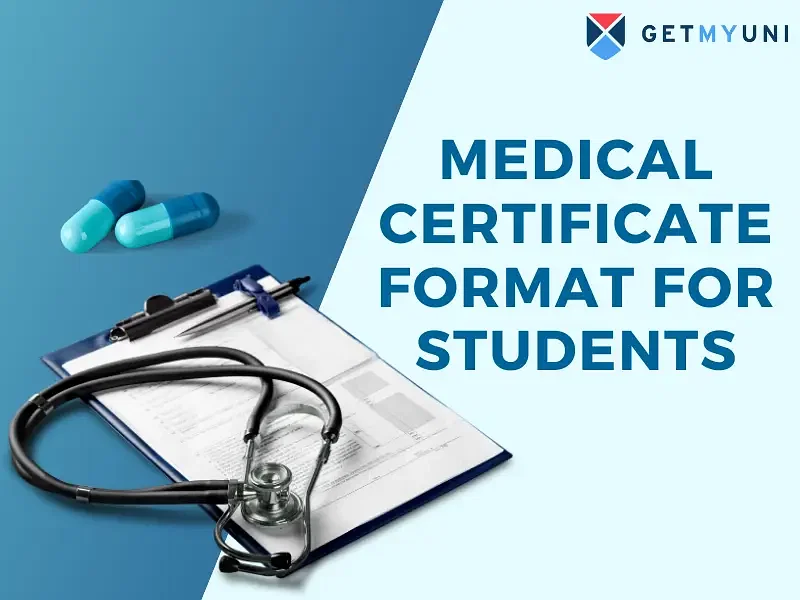The most popular Physics project for class 12 comprises of Chemiluminescence, colour vs. heat absorption experiment, AC generator, automatic electric train barrier which enhances students interest and creativity in the subject.
The most exciting and popular Physics Projects for Class 12 students are the Buoyancy 101 experiment, Marvelous Magnetics experiment, Heat Transfer in an Incandescent Lamp experiment, Insulation Value experiment, Salt Water vs. Tap Water experiments, and many more.
All these experiments are listed below and explained in detail to make the experiment easier to understand.
Top 50 Most Popular Experiment Ideas of Physics Project for Class 12
The list of ideas of The Top 50 Most Popular Experiment Ideas Of Physics Project for Class 12 are listed below:
1. To Check the Buoyancy Concept
Objective: To understand the principle of buoyancy and how it affects the flow property of objects submerged in fluids.
2. Explore The Phenomenon Of Marvelous Magnetics
Objective: To understand the properties of magnets, magnetic fields, and their interactions with different materials.
3. To Understand The Heat Transfer in an Incandescent Lamp
Objective: To analyze how heat is transferred in an incandescent lamp and to understand the principles of heat transfer.
4. To Measure The Insulation Value
Objective: To measure and compare the insulation properties of different metals concerning heat transfer.
5. To Observe The Behaviour Of Gas In The Infrared Spectrum
Objective: To study and examine the behaviour of different gases when exposed to infrared light.
Read More: CBSE Physics Marks Distribution for Class 12 2024
6. To Generate The Hydro Power
Objective: To examine the generation of electricity from flowing water and understand the principles of hydroelectric power.
7. Experiment Comparing Tap Water with Salt Water to Test Density
Objective: Using various items, compare the characteristics of saltwater and freshwater, such as density and freezing point.
8. Application of Hooke's Law
Objective: Investigate the connection between a spring's applied force and the deformation that results from it according to Hooke's law.
9. To Acquire A Conceptual Understanding Of Relativity
Objective: Examining the idea of general relativity is the goal.
10. To Examine the Sound Production of Brass Instruments and Artificial Lips
Objective: Examine how prosthetic lips are used to make music on brass instruments by vibration.
Read More: CBSE Class 12th Physics Syllabus 2024: Download PDF
11. An Examination of the Properties and Behavior of Black Hole Thermodynamics
Objective: Study the thermodynamic characteristics of black holes and how they behave in light of general relativity.
12. To Determine the Local Solar True Noon Time
Objective: To ascertain the locally accurate noon time of the sun, one must observe the shadow that any vertical object casts that is the shortest.
13. To Estimate the Speed of Light
Objective: To calculate the speed of light via a straightforward experiment involving reflection from a known distance.
14. Exploring the Idea of Changing the Speed of Light Purpose
Objective: To investigate the idea of varying the speed of light and comprehend its uses.
15. To Comprehend the Chemiluminescence in the Environment Phenomenon
Objective: The objectives are to understand the chemiluminescence phenomena in the environment and its uses.
Read More: List of 10 Novels for Students to Read
16. To Research The Relationship Between Color and Patterns of Heat Absorption
Objective: This research aims to understand better how an object's colour affects its ability to withstand solar heat.
17. To Comprehend The Ac Generator Principles
Objective: The goal is to study an alternating current generator's workings and comprehend how it contributes to turning mechanical energy into electrical energy.
18. To Examine Automatic Electric Train Barrier Principles
Objective: This investigation aims to understand better the workings of autonomous electric railway barriers and how they contribute to environmental safety.
19. To Examine The Light Dependent Resistance Pattern
Objective: Examine the idea of a light-dependent resistance pattern and learn how it modifies electrical resistance in response to changes in light intensity.
20. To Understand How A Rectifier Works
Objective: The objectives are learning how a rectifier works to change alternating current (AC) into direct current (DC) and researching its impact.
Read More: 10 Ways to Balance Student Life And Academics
21. To Understand The Phenomenon Of Photoelectric Effects
Objective: To understand the phenomenon of the photoelectric effect using light energy using Phooton Cells.
22. To Observe The Effect of Tension on The Pitch of a String
Objective: To observe and study the tension in a string and its effects when plucked.
23. To Study The Effect of Pressure on Ball Bounce Height
Objective: To study how the pressure of a ball gets affected when it is bounced from a given height.
24. To Study The Effect of Mass on Terminal Velocity
Objective: To examine and understand how the mass of an object affects its terminal velocity when it falls in a fluid.
25 To Investigate The Foam Thickness and Sound Attenuation
Objective: To study the thickness of foam and its effects on producing sound waves.
Read More: Skill Development Courses List for Students 2024
26. To Understand How Accurate is Parallax
Objective: To understand and quantify the parallax method's accuracy in measuring a given star's distance.
27. To understand The Effect of Sugar Density on the Refractive Index of Water
Objective: To examine and study how adding sugar to water affects the refractive index.
28. To Study The Nonlinear Oscillations in Mechanical Systems
Objective: To study the behaviour of nonlinear oscillations in mechanical systems and their responses to various stimuli.
29. To Observe How Gases Behave in the Infrared Spectrum
Objective: To observe and analyze different gases' behaviour when exposed to infrared light.
30. To Study The Verification of Archimedes Principle
Objective: To examine the Archimedes principle by measuring the buoyant force acting on the submerged object.
Read More: 6 Coping Strategies For Student Mental Health
31. Hiding in Plain Sight Investigation
Objective: To study how camouflage and colour adaptation help organisms hide their identity from their surroundings.
32. To Study The Kinetic Energy
Objective: To study the concept of kinetic energy and to understand how it relates to the mass and velocity of a given object.
33. To Study The Murray’s Principle of Minimum Work
Objective: To study Murray's principle of work done by a system in reaching the equilibrium and how it can be minimized.
34. To Examine The Living Color
Objective: To examine the phenomenon of colour and its effects on living organisms and understand how it affects them.
35. To Study The Magnetic Force
Objective: To examine the behaviour of magnetic forces between magnets and magnetic fields.
Also Read: 10 Applications of AI in Education in 2024
36. To Create The Balloon Car
Objective: To create a simple balloon powered by a car and explore the concepts of motion and energy transfer.
37. To Create The Homemade Rocket
Objective: To design and launch a homemade rocket and to explore the principles of rocket propulsion.
38. To Create The Baking Soda Volcano
Objective: To create a miniature volcanic eruption using baking soda and vinegar and understand the chemical reactions involved.
39. To Study The Newton’s Cradle
Objective: To Study the principles of momentum and energy conservation using Newton's cradle formulae.
40. To Build The Periscope Instrument
Objective: To build a periscope instrument and understand how mirrors can reflect light and observe the viewing angle.
Read More: Top 10 Most Effective Stress Management Techniques for Students
41. To Create A Visual Doppler Effect
Objective: To create a Doppler effect by observing the change in frequency of a sound source as it moves relative to an observer.
42. To Build And Study The Electric Motor
Objective: To build and study the simple electric motor and to understand the principles of electromagnetic induction.
43. To Understand The Earth's Magnetic Field Via Compass
Objective: To learn and examine the properties and principles of the compass and its work to understand Earth's magnetic field.
44. To Create A Marble Roller Coaster
Objective: To design and build a marble roller coaster and to explore the principles of gravity and energy transfer.
45. To Create An Air Blaster
Objective: To create an air-powered device and to explore the principles of air pressure in the air blaster.
Read More: 10 Tips for Staying Focused and Productive as A Student
46. To Create A Potato Battery
Objective: To build a simple battery using a potato and to understand the basics of chemical reactions in batteries.
47. To Create A Balloon Hovercraft
Objective: To build a hovercraft using a balloon and to explore the principles of air cushioning and friction associated with balloon hovercraft.
48. To Examine The Egg in a Bottle
Objective: Examine how air pressure can push an egg into a bottle.
50. To Examine A Prism
Objective: To explore the phenomenon of dispersion using a prism and separate white light into its component colours using a simple prism.
How to Write an Experiment or an Idea in Practicals?
Writing an experiment physics project for class 12 practicals has a format that must be followed in sequence, and the chronology of headings is listed below and explained in detail for better understanding:
Objective:
The objective contains the motive and the purpose of the experiment. It can also be termed as the aim to observe, measure, and demonstrate the experiment.
Materials Required:
Materials Required lists contain all the materials, chemicals, and equipment required to experiment.
Procedure:
The procedure is a list of instructions that directs the student to follow chronology to experiment successfully. The procedure procedures are mentioned in detail, containing measurements and all the essential parameters.
Hypothesis:
The hypothesis can also be termed as the principle on which the allotted experiment will be performed, and the principle behind the experiment is the chore values, so it is mandatory to mention the hypothesis as it is the guiding principle of the entire experiment.
Data Collection:
Data explains every measurement that has been recorded while performing the entire experiment. Mentioning all the specific measurements, observations, and readings is a must and comes in the data collection category.
Results/ Conclusion:
Results are the ultimate value or observation recorded and can be examined after performing the entire experiment.
The data or value observed should be organized in specific formats such as tables, graphs, or charts.
Analysis:
The analysis is the final interpretation of the results and values observed, which helps conclude the experiment in the right direction and explains students' skillset and observation skills.
Conclusion:
The conclusion is the summary of the performed experiment and a reflection on the idea of the observations and analysis after experimenting.
Discussion:
Discussion includes interactive sessions regarding the experiment, including experiment implications, potential sources of error, and suggestions for improving the experiment.
References:
Reference lists all the sources referenced while experimenting, such as websites, scientific papers, textbooks, and online resources.










